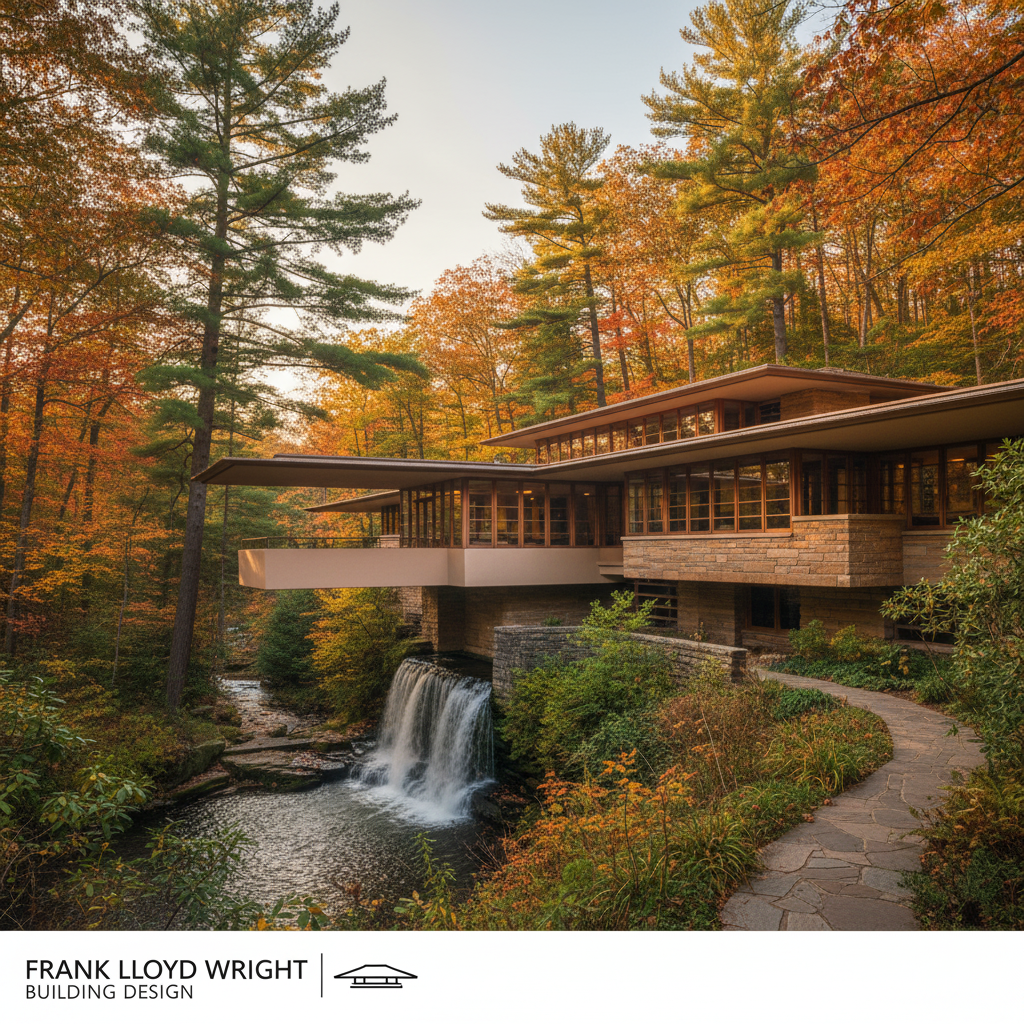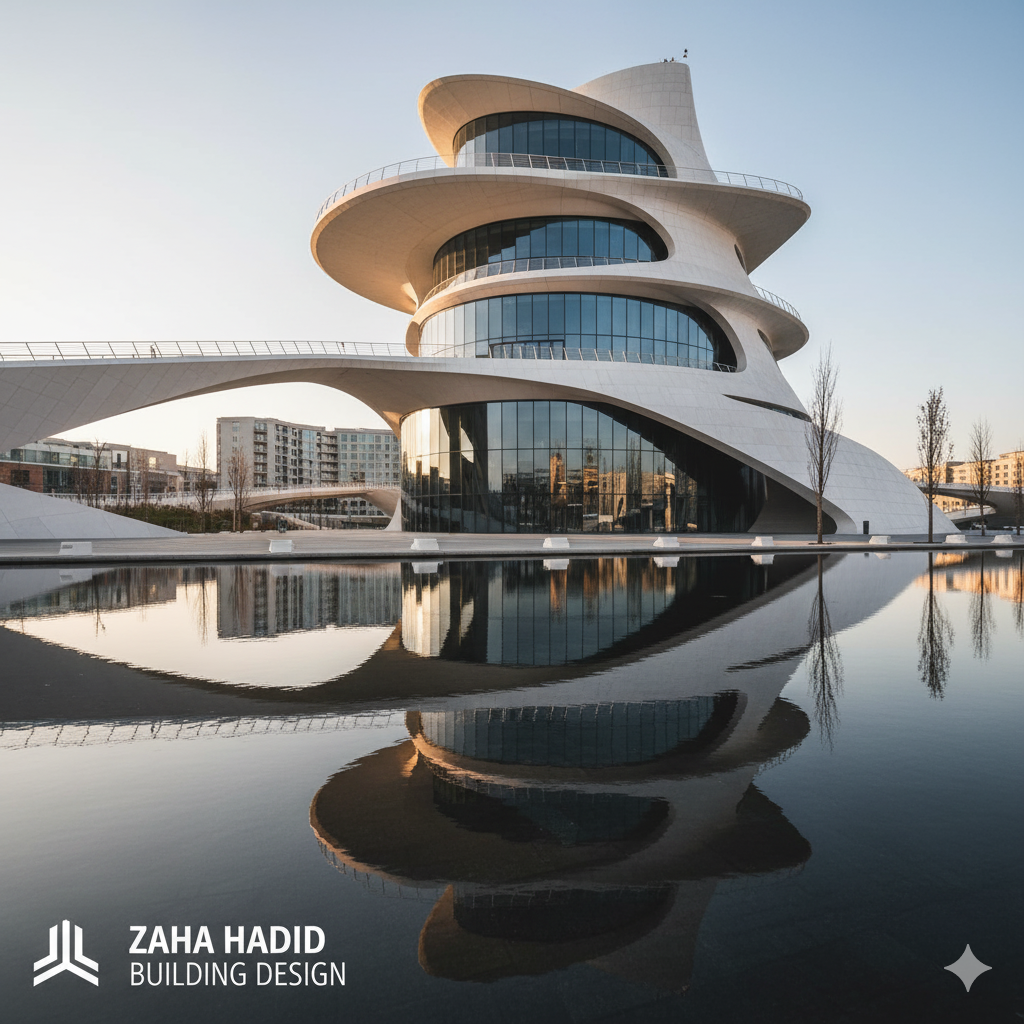Oscar Niemeyer

Oscar Niemeyer was a pioneering Brazilian architect whose bold, curvaceous buildings helped define modernist architecture in the 20th century. Born in Rio de Janeiro in 1907, Niemeyer became internationally known for his futuristic use of concrete, sculptural forms, and his deep belief that architecture could be both functional and poetic. He played a central role in shaping not only Brazil’s architectural identity, but also global perceptions of what modernism could look like beyond the rigid lines of European modernists.
Niemeyer graduated from the Escola Nacional de Belas Artes in 1934 and soon began working with Lúcio Costa, a fellow Brazilian architect who introduced him to the ideas of Le Corbusier. Niemeyer collaborated with both Costa and Le Corbusier on several early projects, most notably the Ministry of Education and Health in Rio, which brought modernist principles to Brazilian public architecture. However, Niemeyer quickly developed his own distinctive style—one that embraced curves, open space, and the expressive possibilities of reinforced concrete.
His breakthrough came with the design of the Pampulha Architectural Complex in Belo Horizonte (1943), commissioned by then-mayor Juscelino Kubitschek. This project included a church, casino, dance hall, and yacht club, and featured sinuous lines, asymmetry, and sweeping concrete forms that stood in sharp contrast to the rational geometry of the International Style. The Church of São Francisco de Assis, with its dramatic curved roof and bold murals by artist Cândido Portinari, became an icon of Brazilian modernism.
Niemeyer’s most famous and ambitious work came in the late 1950s, when President Kubitschek, now in office, invited him to design the new capital of Brazil—Brasília. Niemeyer was responsible for the city’s major civic buildings, including the National Congress, Presidential Palace (Palácio da Alvorada), and Cathedral of Brasília. These structures featured soaring arches, parabolic shapes, and other bold formal gestures that symbolized the optimism of a new era. The city, laid out by urban planner Lúcio Costa, was completed in an astonishingly short time and remains one of the most audacious experiments in modernist urbanism.
Despite his success, Niemeyer’s career was shaped by his political beliefs. A committed communist, he faced backlash during Brazil’s military dictatorship and lived in exile in Paris during the 1960s and 70s. There, he continued to work on international projects, including the Headquarters of the French Communist Party and part of the United Nations complex in New York (in collaboration with other architects).
Oscar Niemeyer was awarded the Pritzker Architecture Prize in 1988 and remained active into his 90s, designing cultural centers, museums, and memorials in Brazil and abroad. He passed away in 2012 at the age of 104.
Niemeyer’s work is celebrated for its expressive power, sensual forms, and utopian vision. He once said, “I am not attracted to straight angles or to the straight line, hard and inflexible, created by man. I am attracted to free-flowing, sensual curves.” This philosophy infused his architecture with a unique emotional and cultural resonance, making him not only a master of form but a poet of space.








